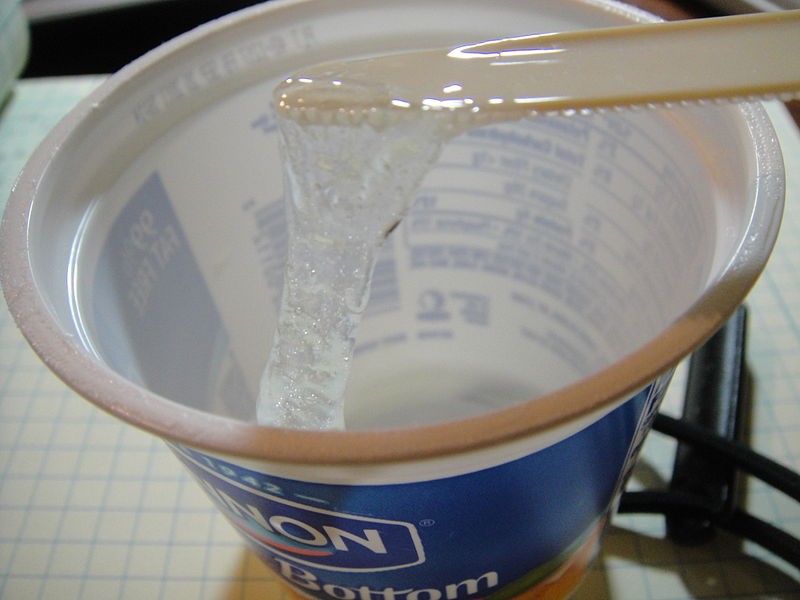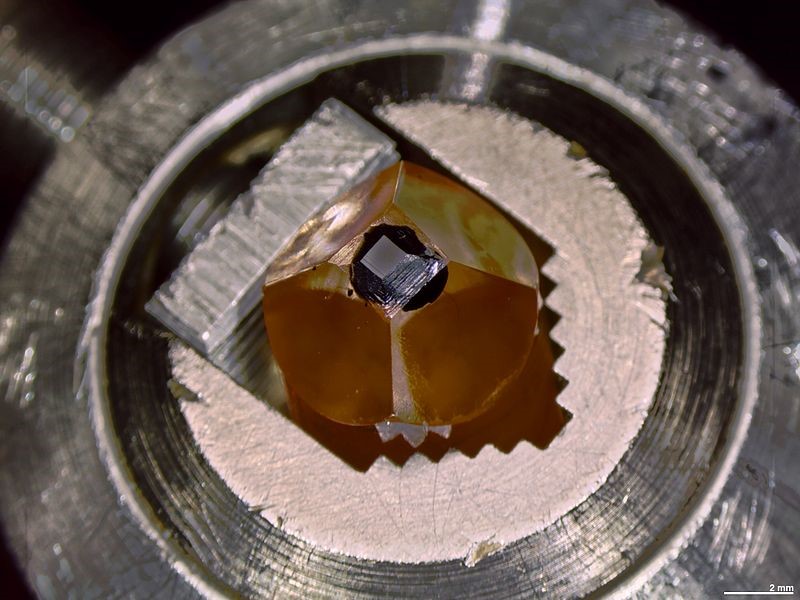When using epoxy resin and hardener, you have to think about more than just the materials you are bonding together. With such powerful substances, safety is also an important issue. Read on for tips on how to use resin and hardener effectively and safely.

Image Credit
Why Are You At Risk?
The properties of epoxy resin and hardener have been studied for a long time; these substances have been used since the 1950s. The chemicals involved in these materials can be dangerous if not handled properly and with care.
We are at risk from chemicals in three different ways: inhalation, through the skin and my mouth. Pure epoxy resins are non-toxic, so there is little danger to worry about there, but curing agents can contain small levels of toxicity, so it is vital for you to be aware of potential reactions.

Image Credit
Skin Contact
Avoid skin contact where possible. If the substances come into contact with skin, they have the potential to cause a reaction. This can be as an irritant, causing eczema or damage the skin, or it can work as a sensitiser to cause allergic contact dermatitis, which occurs when the immune system reacts and causes the skin to become red and itchy.
Inhalation
Epoxy resins are non-volatile, and inhaling them does not usually cause problems. Hardeners sometimes have pungency to them, which can be unpleasant and cause irritation in the throat. The metal bonding adhesive CT1 is ideal for use when working with kitchen appliances and countertops.
Safe Disposal
It is not only humans who are at risk form some epoxy resins and hardeners. We must also take care to protect wildlife and pets. For example, aquatic life can be damaged by these substances, so it is essential that we never dispose of them with household rubbish. Uncured residue should be brought to a hazardous waste facility for safe disposal. However, cured epoxy is harmless and can be disposed of easily.
Protection at Work
At work, people exposed to these substances should wear appropriate clothing, such as gloves, masks and goggles. There should be good ventilation so fumes can escape safely. Wash hands thoroughly if in contact with the substances, and maintain good personal hygiene, changing out of contaminated work clothes as soon as you leave the work area.
